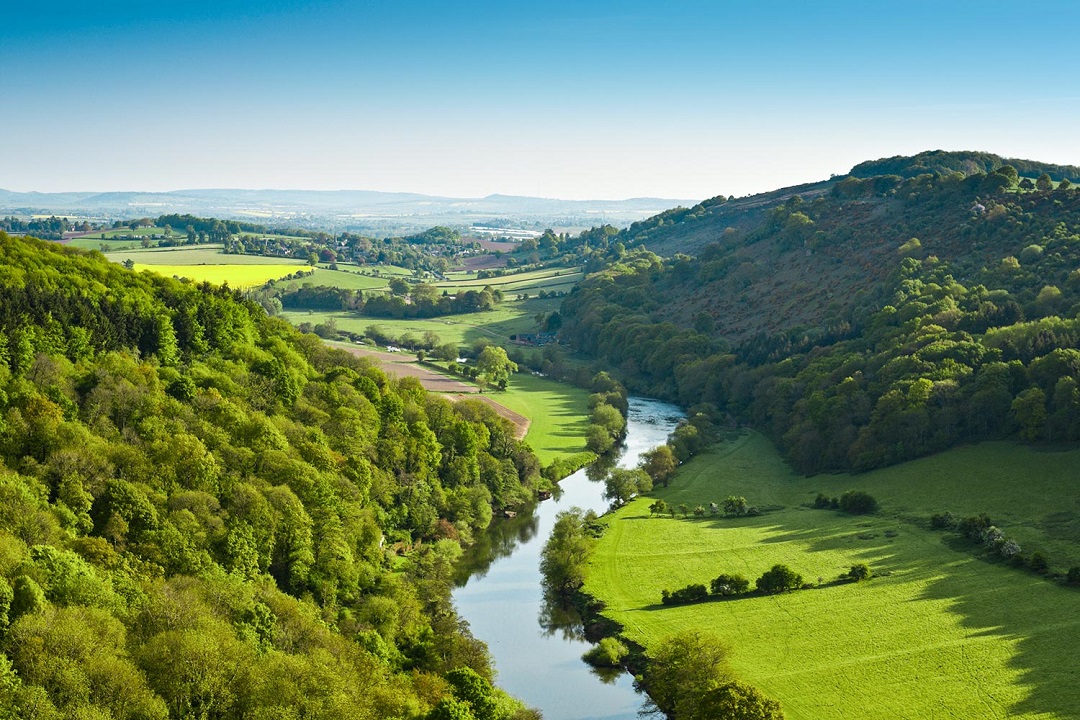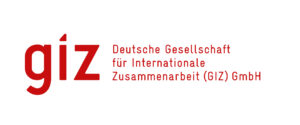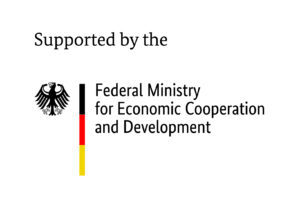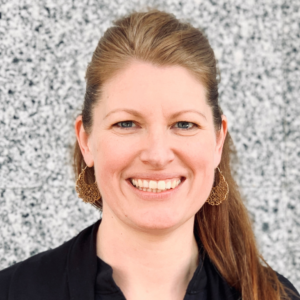PROJECT: WATER-SMART FOREST AND LANDSCAPE RESTORATION TOOL (W-FLR)Water-smart Forest and Landscape Restoration Tool (W-FLR)
Forest ecosystems and water security are highly interdependent. Any forest and landscape restoration effort must consider water aspects as well as being participatory and transparent. SIWI is developing the Water-smart FLR tool, to ensure that forest and landscape restoration initiatives are sustainable and long-term successful.
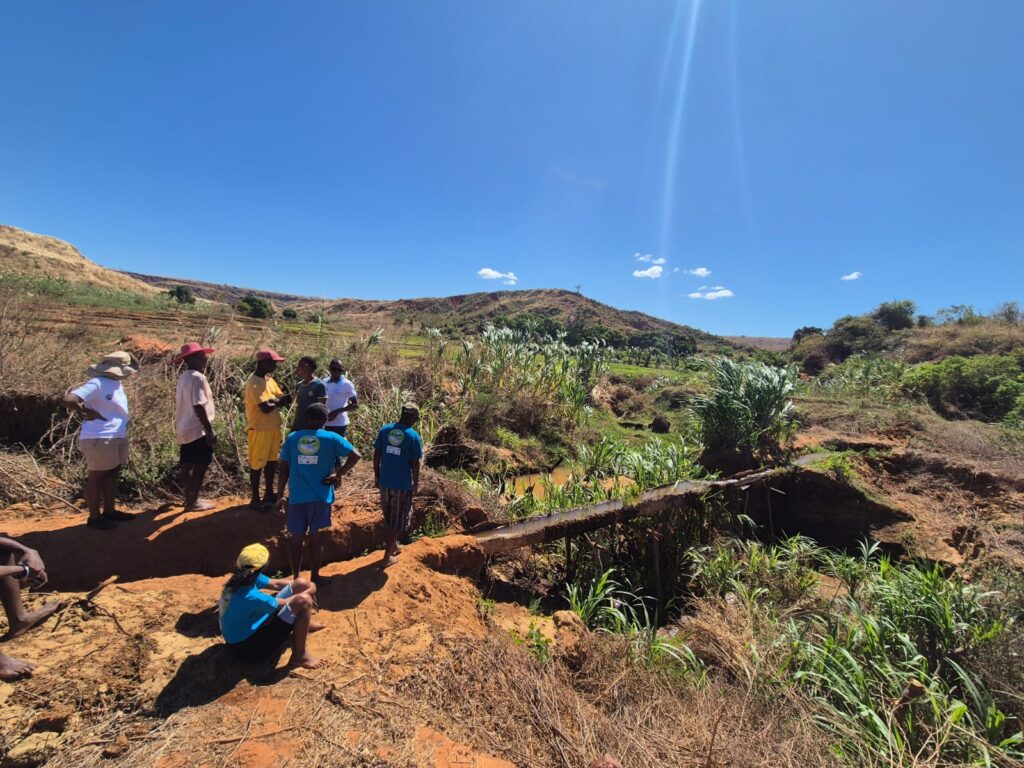
The Water-smart Forest and Landscape Restoration (W-FLR) Tool closes the implementation gap between integrated water resource and forest management approaches. The tool will enable mainstreaming of water, e.g., concerning hydrological flows, water availability and water quality, into sectors that are important for making forest and landscape restoration (FLR) sustainable, such as the forestry and agriculture, and environment sectors.
Project: Forests4Future

Final tools available now
These are the final versions of both the Handbook and the Practical Tasks Manager
W-FLR Tool Objective and Target Group
The overall objective of the W-FLR Tool is to assess water risks and opportunities, and mainstream water into FLR-relevant plans and initiatives. The method can be used to incorporate water perspectives in the planning phase of new FLR initiatives, but also to ensure that water is considered properly in existing and ongoing interventions. The tool also ensures that the FLR intervention is participatory, inclusive, and transparent. It includes steps that guide the participants on how to identify the required stakeholders, how to improve institutional arrangements and with this the quality of water-smart FLR governance.
The tool’s main target groups are line ministries, organizations, agencies, and practitioners involved in FLR or other relevant landscape interventions at national, sub-national, and local level.
The need for a water-smart tool
FLR is a long-term, planned process that aims to regain ecological functionality and enhance human wellbeing in deforested or degraded multifunctional forest landscapes. FLR is designed to be a flexible process that includes multistakeholder participation, adequate monitoring and evaluation processes, and adaptive management responsive to social, economic, and environmental change. Any action with cross-sectoral implications on water needs to be carefully planned to avoid unintended side-effects. This means that integrated management of forest and water resources is crucial – not the least in FLR.
Until now, many FLR initiatives have not integrated hydrological processes in the landscape. Furthermore, already existing forest and landscape restoration tools do not address water risks in the landscape, and other available water-relevant tools and best-practices focus on agriculture, downstream areas, and coastal issues.
There is a risk that ill-conceived and poorly defined local-scale FLR measures may reduce local water availability or reduce other ecological functions. It is essential to consider hydrological aspects when restoring forest landscapes, to avoid unintended side-effects and to ensure that restoration efforts are both short and long term successful. Therefore, SIWI is developing the W-FLR Tool.
W-FLR Roadmaps
This tool was developed by
The Water Smart Forest and Landscape Restoration Helpdesk
The Helpdesk is linked to the implementation of a new and innovative tool on water-smart forest and landscape restoration (W-FLR Tool) that has been developed by SIWI with support from Sida and GIZ. The Helpdesk will provide good examples of water-smart FLR projects, links to available tools and open access publications on the forest-water nexus, as well as frequently asked questions (FAQ).
The Water Smart Forest and Landscape Restoration Helpdesk